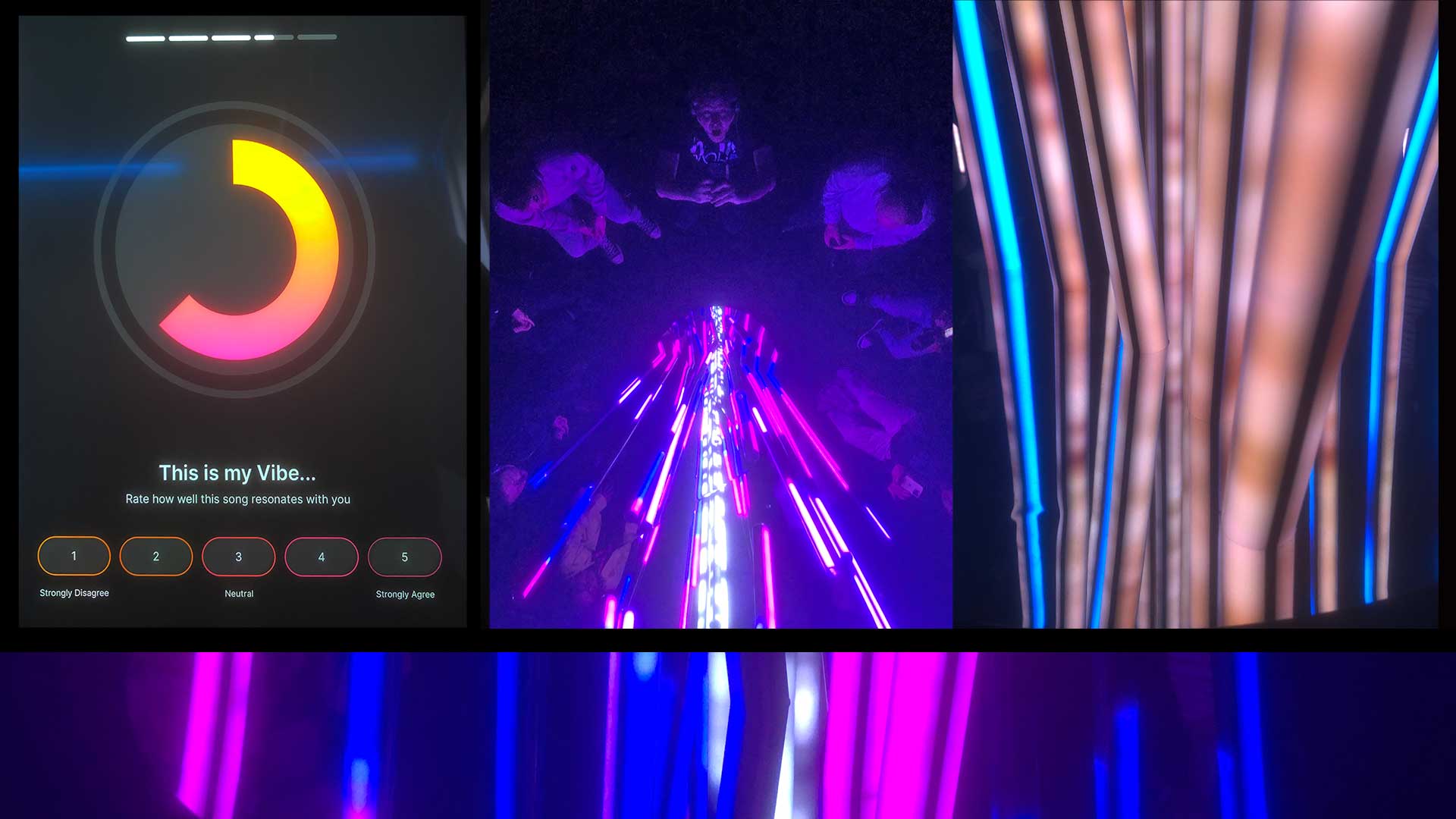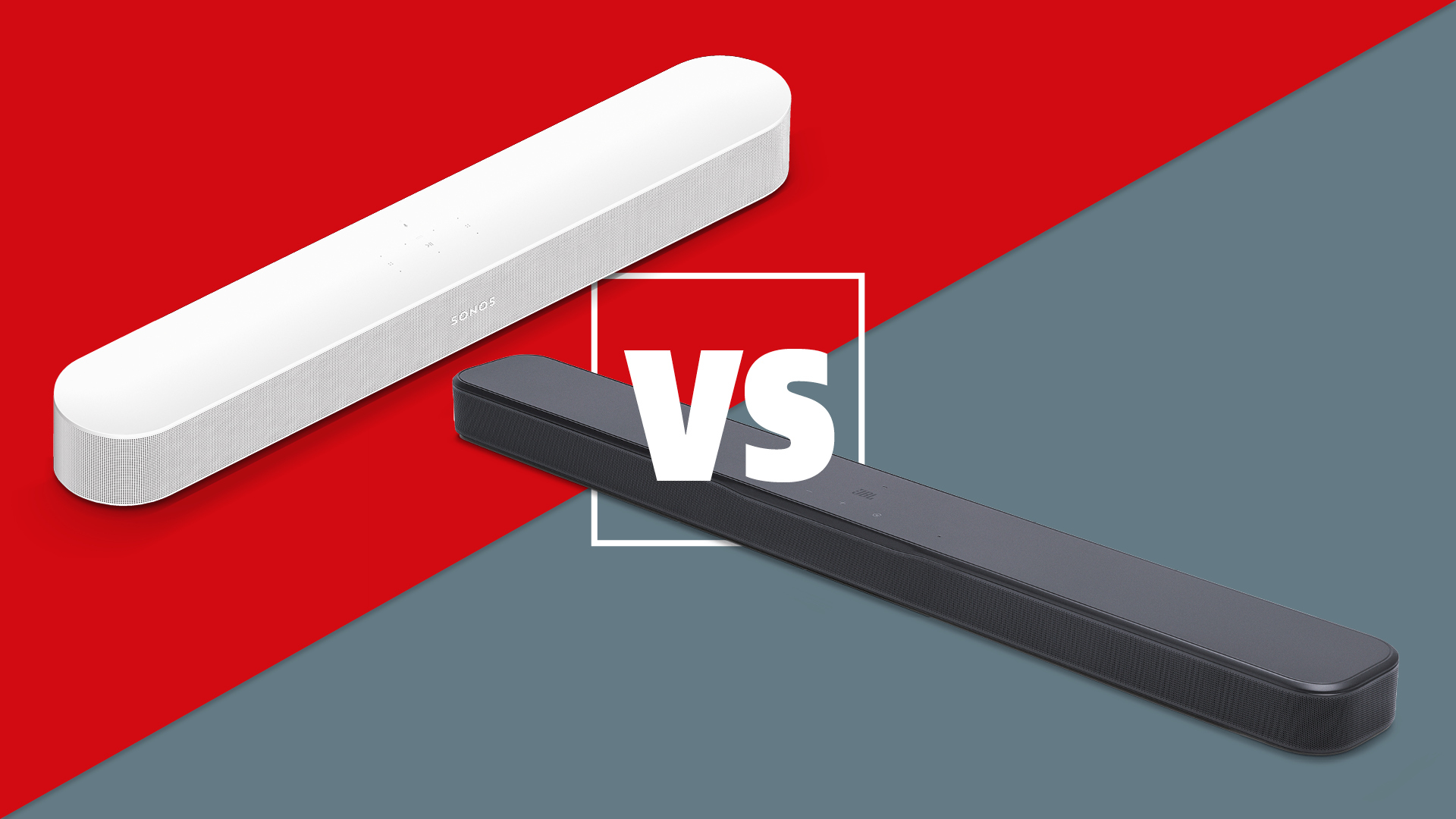What’s inside Sennheiser’s Mirrorbox at Vivid Sydney?
Lights, AI mood readers, floor haptics and Sennheiser sound await visitors to Vivid Sydney this year
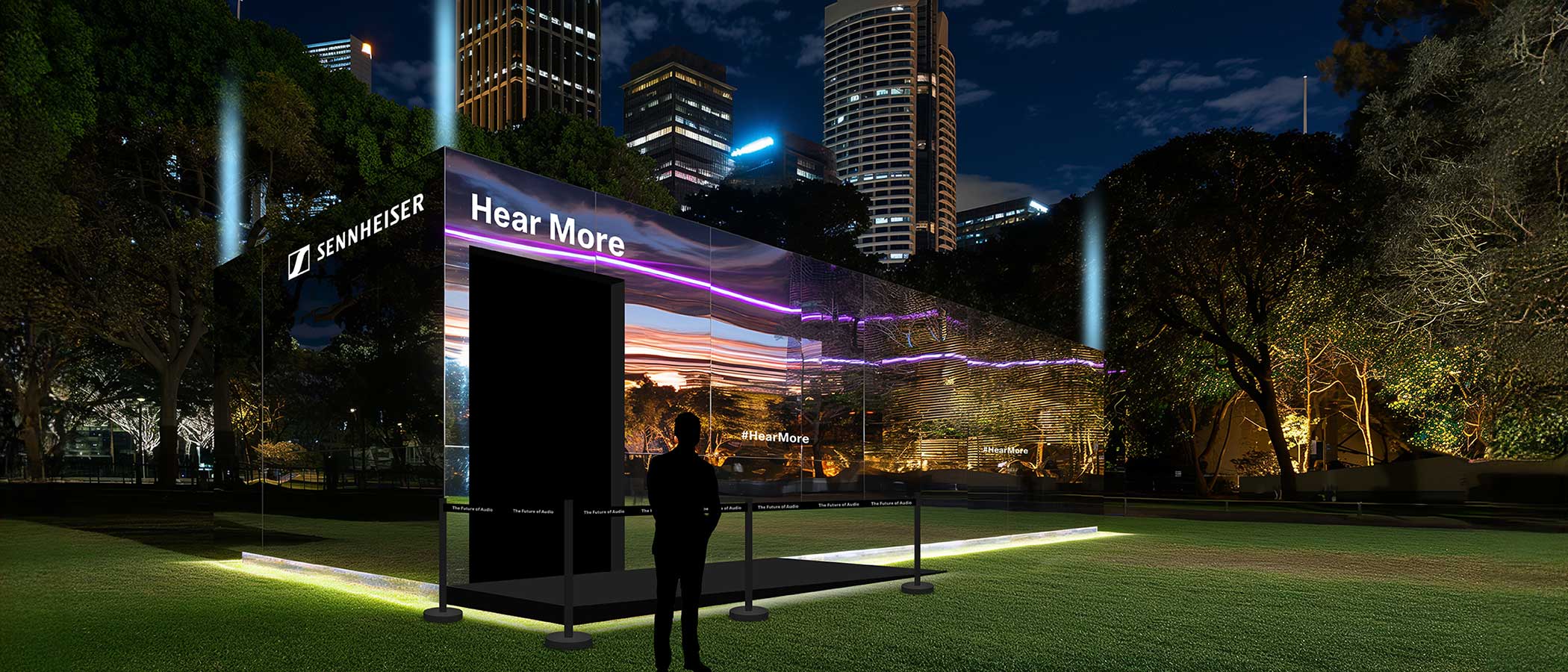
[UPDATE 18 June 2024: The Vivid Sydney event to which this article relates has now ended. An extended interview with Mr Brady appears in Sound+Image magazine #357.]
As part of Vivid Sydney’s celebrations, Sennheiser is setting up an “immersive AI audio experience that blends sounds with emotion to create a musical journey for participants”, taking place in a space called the “Mirrorbox” in Darling Harbour’s Tumbalong Park, as part of Vivid Sydney’s Light Walk.
Sennheiser says that this ‘FLOW’ experience, which is free to visitors during Vivid, reflects the Vivid Sydney 2024 theme of ‘Humanity’ in a three-part experience reflecting the journey of water, but somehow incorporating an AI analysis of your sound personality, mental mood, and biometric signature, together providing a “unique sonic fingerprint”.
We had no idea what they’re talking about, and the published explanation from their marketing release didn’t much help: “Our Mirrorbox will embody Hear More – through a dedicated space where visitors can reflect on the sounds that surround them,” it says.
So we headed down to the Mirrorbox for the full experience (see pictures below). We won't insert too many spoilers here however, lest you are heading there yourself.
Meanwhile we spoke with Anthony Brady, who is General Manager at Sonova Consumer Hearing ANZ, based in North Sydney. Sonova is the Swiss company which purchased (more accurately ‘licensed’) all of Sennheiser’s consumer business a few years back. We asked Mr Brady to explain the Mirrorbox.
ANTHONY BRADY: So basically the Mirrorbox is doing two things. It’s obviously creating an experience with sound and emotion, but also we’re blending artificial intelligence. And how that came about, there’s a back story.
The latest hi-fi, home cinema and tech news, reviews, buying advice and deals, direct to your inbox.
We have partnered with Music Health, and those guys have a very interesting proprietary technology called Precision Music. They use this in aged care, mainly, and the original partnership came about when they came to us saying they were looking for headphones with cables, good quality, not wanting to spend a fortune bcause they’re a start-up, and we did them a favour, gave them a product at basically cost – so that’s how it began.
So we’ll have their technology at the Mirrorbox: iPad, facial recognition, and our headphones. The Mirrorbox will be dark — with a light installation as you’d expect at Vivid, and it’ll also have haptics on the floor. So essentially you will have an audioscape and a lightscape, blending sound and image and vibration, all to affect emotion.
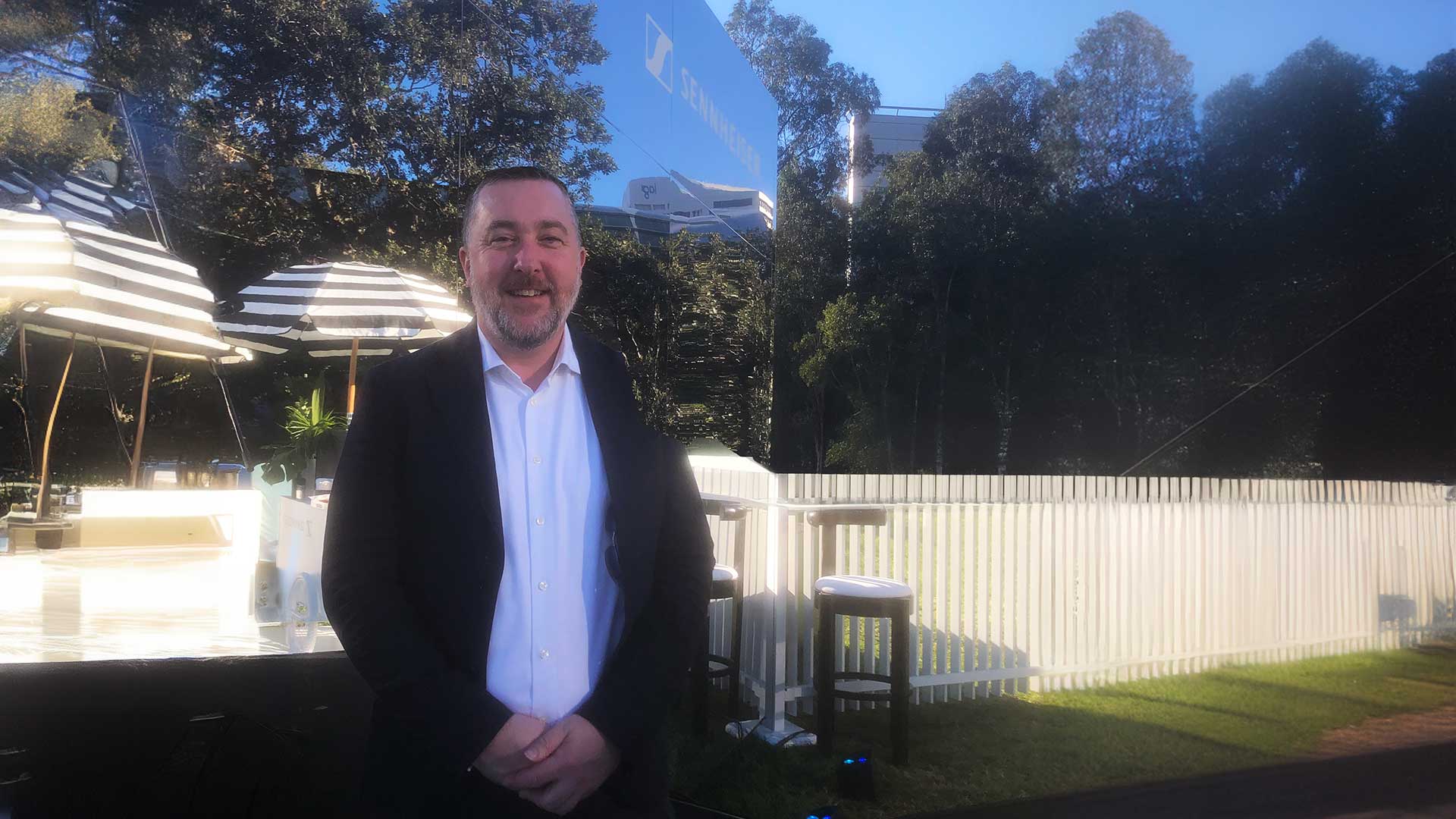
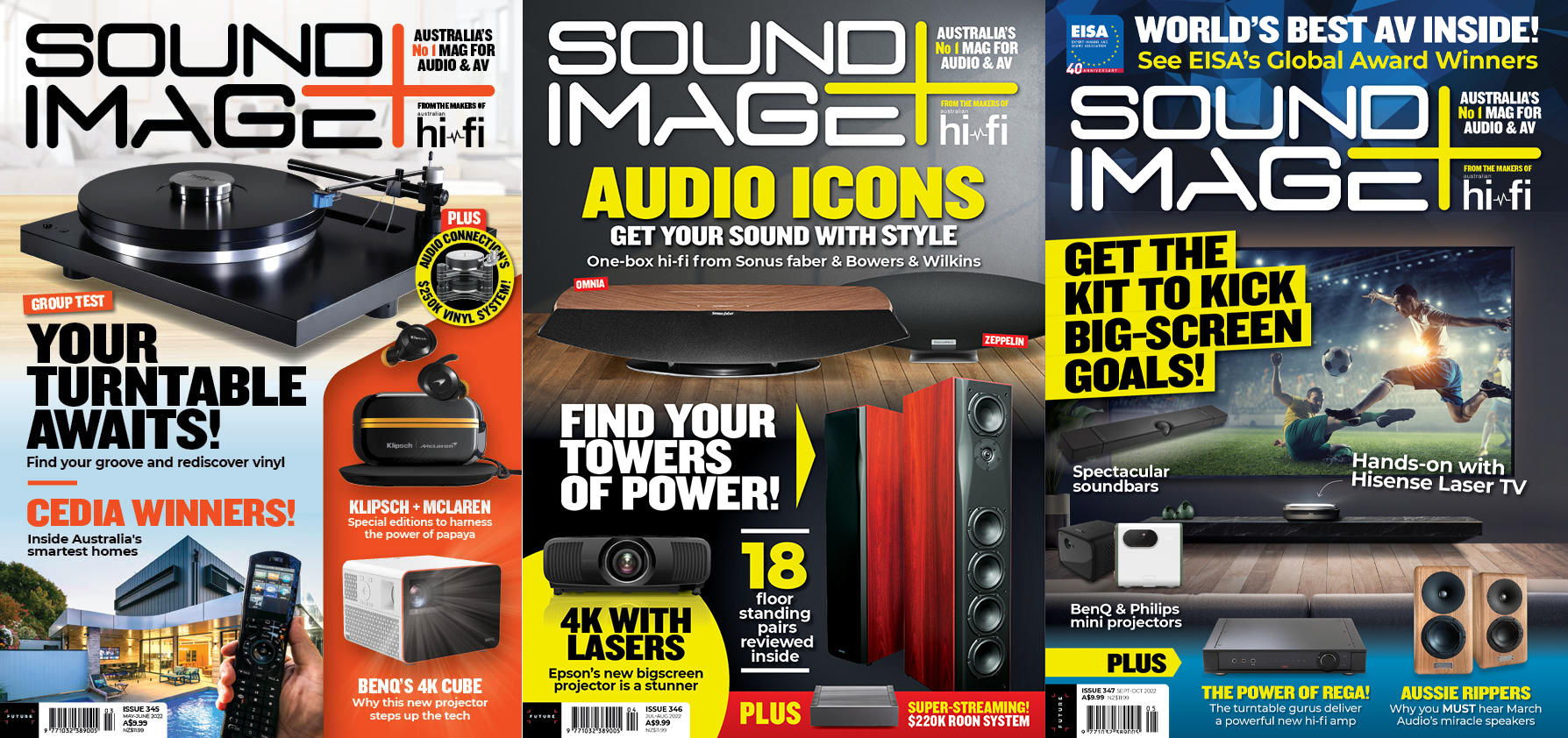
This interview was prepared for Sound+Image magazine, Australian sister publication to What Hi-Fi?. Click here for more information on Sound+Image, including digital editions and details on how you can subscribe.
SOUND+IMAGE: So you connect your own headphones? What’s the procedure?
ANTHONY BRADY: When you walk into the Mirrorbox you’ll be handed a pair of Momentum 4 headband [overears]; you’ll be connected to the system. You’re given an iPad, you’ll fill in some information, then the iPad will scan your face for mood, it’ll take a temperature check, we’ll see how you’re feeling. So maybe if you had a few wines it might make you feel better! But the idea is that it gets a 'before' and 'after'.
You walk into the box, it’ll play some sound – water flowing, buses passing, all sorts of things going on. The lights will also be going on in front of you, and the floor might vibrate for different sounds. And it’s really quite a quick event, three to four minutes you’ll be inside the box – Vivid was very clear it couldn’t be longer than that because there will be queues round the block.
Then when you come out the other side, you again get your face scanned as the ‘after’ reading, and this will give you a unique sound and sonic identity, your sound profile, of which there are apparently seven of these personalities – I didn’t know this – and whatever one you are, it will measure and generate a unique playlist for you that you can download on Apple Music or Spotify or wherever.
S+I: To clarify, the AI and the idea of seven sound personalities, that’s all from Precision Music and Music Health?
AB: Exactly – the core of this technology is Music Health’s VibeDNA analysis. It's more than simply genre and artist – it focuses on how the music makes you feel. They’re using this system in aged care for dementia patients, to make their quality of life better. Those patients wear our headphones, they get a playlist that allows them to unlock memories; it just makes them feel better. Obviously at Vivid the environment is very different, people will be coming from work or the pub so their mood may be quite different to what you’ll find in an aged care facility!
What we’re trying to do is create that emotional connection, and this is a really meaningful way to do it, because we’re really personalising your sound. We sometimes say we’re magicians with sound but that sound is really what we’re about. So if we can create that connection, all the better. We’re expecting about 6000 people through the Mirrorbox and hopefully people get something out of it.
SOUND+IMAGE: And new exposure for you.
ANTHONY BRADY: We get access to a whole group of customers who may not ever have heard of Sennheiser. That’s kind of the synopsis. We’re trying to get an emotional connection with some new consumers, and possibly some current consumers who see the brand and already love it and come along. Vivid is a fantastic event in Sydney, so to be partnering with that we’re super proud, and we can’t wait to get started.

Sennheiser’s Mirrorbox was situated in Tumbalong Park, Darling Harbour, part of Vivid Sydney’s Light Walk, free for all visitors and open for the duration of Vivid Sydney, from 24 May to 15 June 2024.

Jez is the Editor of Sound+Image magazine, having inhabited that role since 2006, more or less a lustrum after departing his UK homeland to adopt an additional nationality under the more favourable climes and skies of Australia. Prior to his desertion he was Editor of the UK's Stuff magazine, and before that Editor of What Hi-Fi? magazine, and before that of the erstwhile Audiophile magazine and of Electronics Today International. He makes music as well as enjoying it, is alarmingly wedded to the notion that Led Zeppelin remains the highest point of rock'n'roll yet attained, though remains willing to assess modern pretenders. He lives in a modest shack on Sydney's Northern Beaches with his Canadian wife Deanna, a rescue greyhound called Jewels, and an assortment of changing wildlife under care. If you're seeking his articles by clicking this profile, you'll see far more of them by switching to the Australian version of WHF.
